Windows Patch Management
Automated windows patch management software to remediate vulnerabilities present in your windows OS
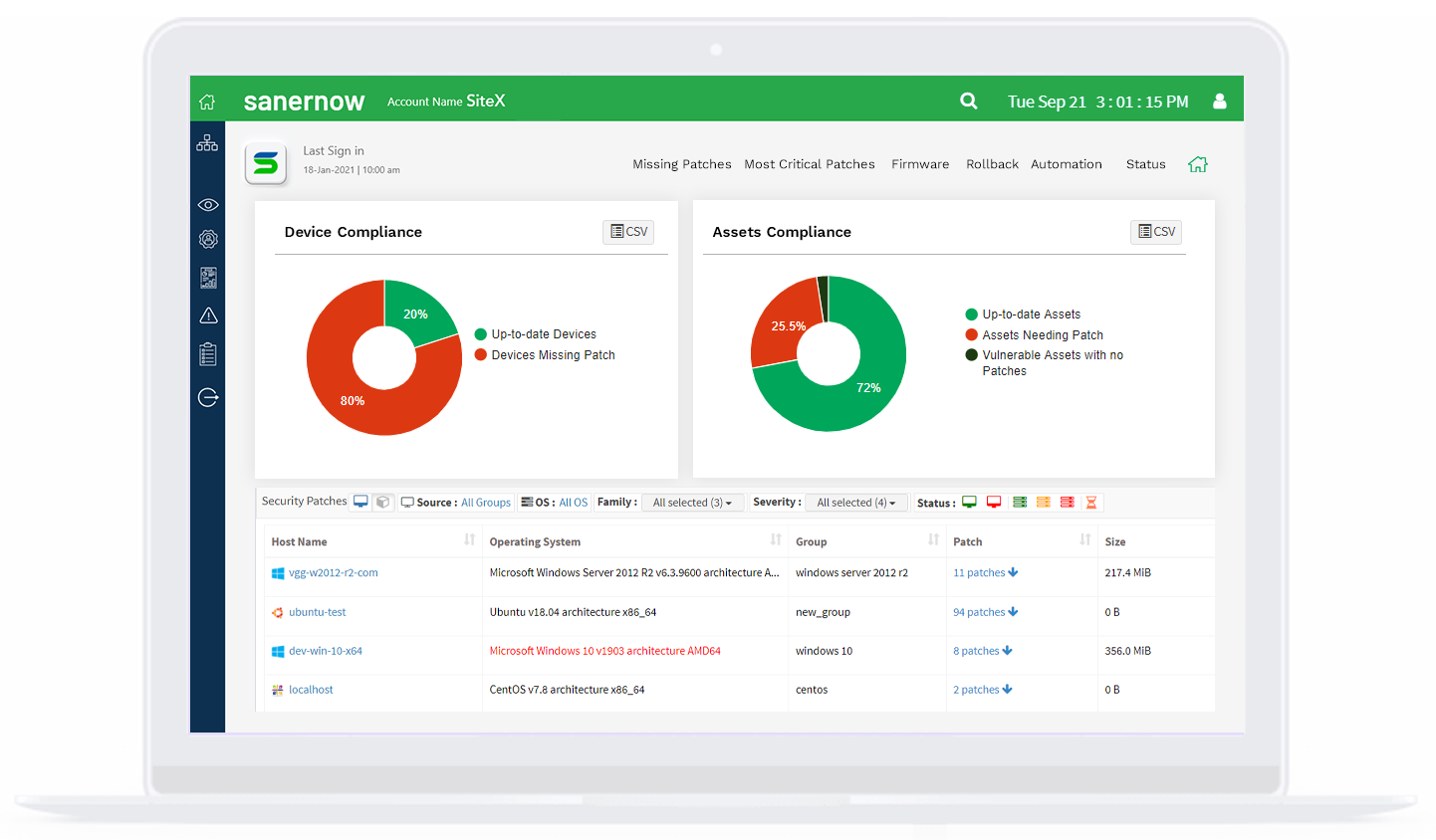
Achieve your Windows Patch Management Goals with this All in One Solution
Continuous, automated scanning for missing security and non-security patches, in under five minutes
Continuously scan and automate the complete patch management process of Microsoft devices with SanerNow Windows Patch Management for the detection of vulnerabilities exposures, and other crucial security risks.
Single click window to fix all critical vulnerabilities
SanerNow patch management for windows segregates the critical vulnerabilities from the non-critical ones based on severity levels and other standard risk prioritization methods making it easier for remediation.
Timely windows patch availability to accelerate patching activity
SanerNow Windows Patch Tool downloads all the windows patches released from Microsoft within 24 hours. These patches are pre-tested and are available for deployment.
Cloud-based solution for ease of use
Cloud-based console with role-based access control for a unified view of patching activity. Deploy patches effortlessly across globally distributed systems and stay ahead of cyberattacks.
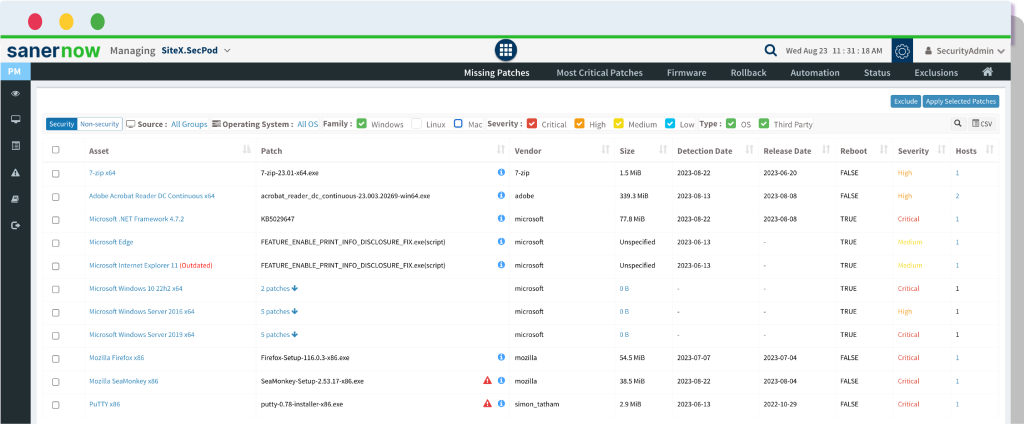
Elevate Windows Patch Management with the Vital Features
Automate for effortless windows patch management
When there are millions of vulnerabilities detected, it becomes tedious and time-consuming to manually patch them, leading to human error. SanerNow Windows Patch Management Software automates every step of the patch management process from identification to remediation for hassle-free remediation.
Effortlessly patch systems across globe
SanerNow Patch Management for windows supports perimeter-less patching and is an ideal solution for hybrid infrastructures. SanerNow uses a single multifunctional lightweight agent over multiple agents to utilize system resources efficiently.
Customize patch scans to match your schedule
Periodic or monthly scanning will only leave the organization wide open for cyberattacks. Make it a practice to scan continuously. SanerNow windows patching software allows for scheduling the patching process based on user requirements.
Rollbacking Patches made easy
There will be situations where a patch will have caused an error or functional disruptions. These patches must be rolled back to the previous version to avoid system downtime and continue business operations. SanerNow windows patch management helps in rollbacking of patches with just a click of a button.
Test and approve patches before deploying
Rolling out new patches directly to your production environment carries high risks. SanerNow windows patch tool helps in creating a test environment where you can test the patches before deploying them. Although all the patches are pre-tested and ready to be deployed.
Risk based prioritization for smarter deployment
SanerNow Windows Patch Manager prioritizes the patches based on severity levels, business context, and other standard guidelines. Automate the deployment of critical patches and remediate them as soon as possible and be cybersafe.
Be audit-ready and Comply with industry benchmarks
Many organizations’ security policies include patch compliance. SanerNow automated windows patch management software provides you with a unified view of your organizational compliance to address deviations.
Customize remediation procedure with script execution
Tailor your remediation process with the power of script execution. Our platform empowers you to fine-tune your response strategy by incorporating custom scripts. Effortlessly address vulnerabilities and enhance your security posture and streamline procedures by seamlessly integrating script execution into your remediation workflows.
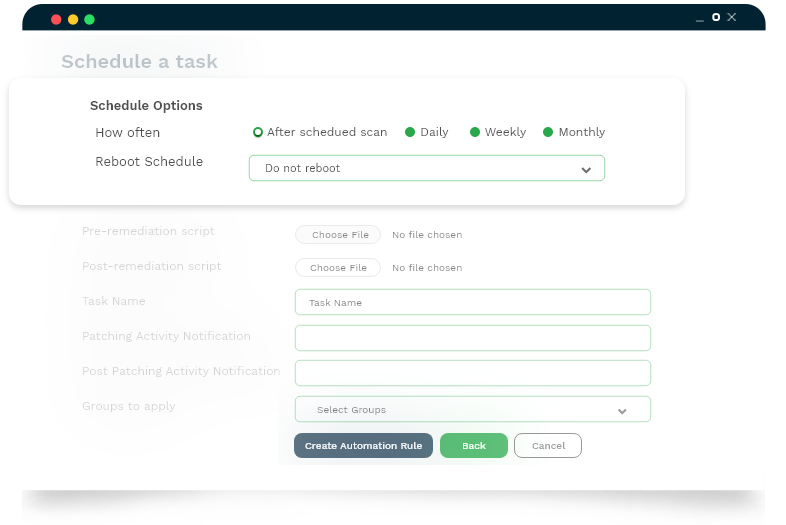
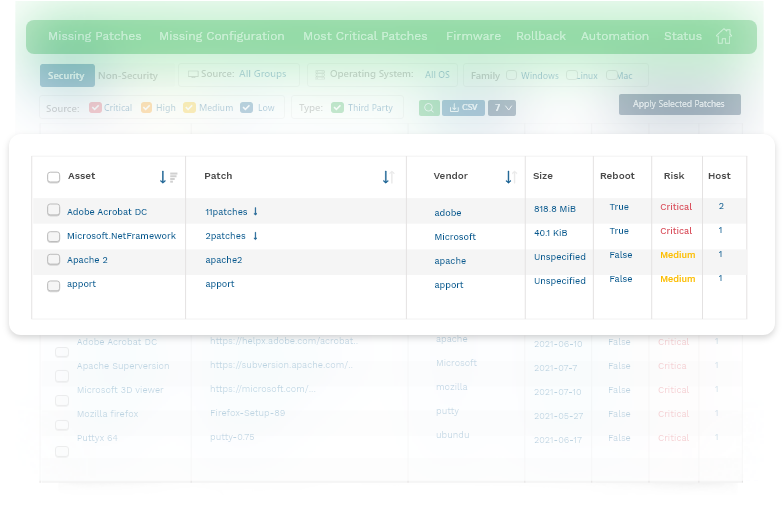
Streamlined Device and Server Patching with Instant Access with Windows Update
A patch management tool should be capable of handling any software patch for a wide range of servers and workstations. SanerNow Windows Patch Management supports the latest patches for all the major OS flavors of Windows servers, operating systems, and workstations within 24 hours of release by the vendor.
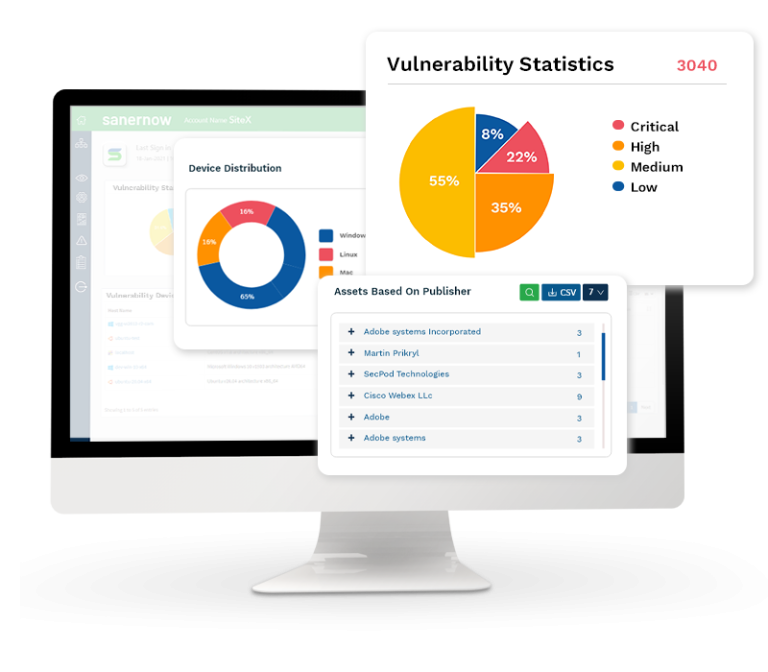
Enhance Windows Patch Management using SanerNow's
Get free access and try it yourself.
